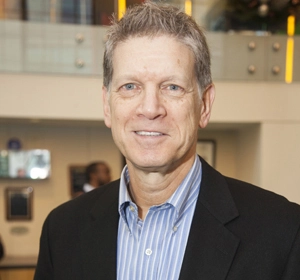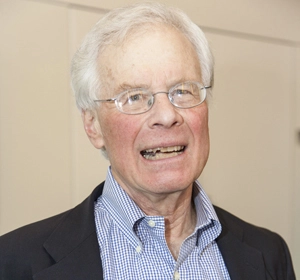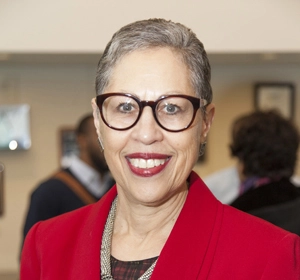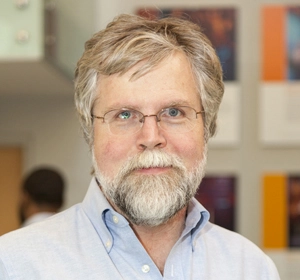For nearly 30 years, Ken Kaitin has tried to get permission to give lectures to Tufts medical students about drug development. The school has politely declined his offers, even though he’s a faculty member and director of a think tank focused on pharmaceutical research.
“The view of the curriculum committee, and it’s not dissimilar to many other medical schools, is physicians will learn about the industry when they get out [of school],” said Kaitin during a recent panel discussion at the Novartis Institutes for BioMedical Research (NIBR) in Cambridge, Massachusetts.

NIBR convened the panel to explore the relationship between academic and industrial research, inviting four experts to share their views. Kaitin—who directs the Tufts Center for the Study of Drug Development—was joined by Derek Lowe, an industrial chemist at Vertex who writes a popular blog called In the Pipeline; Susan Windham-Bannister, President and CEO of Biomedical Innovation Advisors and former President and CEO of the Massachusetts Life Sciences Center; and Harvey Lodish, a Massachusetts Institute of Technology (MIT) Professor and Whitehead Institute Member who has helped found multiple companies.
Much of the discussion centered on the culture gap between academia and industry, which is illustrated by Kaitin’s experience at Tufts, where medical students graduate with misconceptions about how R&D works. Researchers in academia often fail to understand and/or appreciate the roles and pressures of their colleagues in industry and vice versa. This culture gap impedes collaboration, delaying the translation of promising ideas into therapies for patients. The panelists called for significant changes in both academia and industry to close the gap and expedite the discovery of new treatments.
Kaitin proposed teaching the basics of drug R&D in academic settings. Medical and graduate students, for example, should learn the fundamentals of drug development.
“One of the things that I think is so critical now is an increase in education and understanding within the academic environment of the entire process of innovation,” he said.
Fostering transparency and trust

Lodish, the MIT Professor, urged pharmaceutical companies to be more transparent. Too much focus on patents and licensing impedes progress, he said. Industrial researchers tend to be unwilling to share information about what they’re doing with anyone outside of their company, even scientific advisors from academia.
“I’ve been on many…scientific advisory boards,” Lodish said. “And I’ve often made the comment, ‘To really be useful, give your scientific advisors, your academics, more information ongoing about a particular project so that we can help you.’”
Windham-Bannister—who has helped to forge numerous life sciences partnerships—built on the theme of trust. The biomedical research ecosystem functions best when scientists in academia and industry communicate openly, and honest dialogue requires trust. It also requires mutual respect. She encouraged researchers and organizations to structure collaborations accordingly.

“Very effective collaborations between industry and academia are those where the scientists are working side by side,” she said. This allows them to develop “a real appreciation and respect for each other’s work and the quality of the science.”
Several panelists echoed the importance of personal relationships and networks. And Lowe, the industrial chemist, highlighted a trend that’s accelerating networking and increasing understanding of R&D: There’s more industry expertise within academia than ever before.
Collaboration is crucial
That’s good news because academia and industry may need each other more now than they did in the past. In terms of drug discovery, companies have learned that some problems—diseases of the central nervous system, for example—are too difficult to solve on their own, said Kaitin and Windham-Bannister.
At the same time, academic researchers are increasingly reliant on industry for funding. Kaitin provided evidence of this trend, citing a recent article in the Journal of the American Medical Association. Since 2006, there’s been a 43% increase in industry-funded clinical trials while there’s been a 24% decrease in National Institutes of Health-funded clinical trials.

The time has come for more communication and collaboration between academia and industry. Joint problem-solving might be required by current circumstances, but it isn’t new. It’s a proven way to expeditiously translate insights about biology and disease mechanisms into treatments for patients.
“This is a team sport,” said Windham-Bannister of drug discovery and development. “As I like to say, ‘1+1=11.’” The whole—in this case, a group of scientists with different expertise and perspectives—is greater than the sum of its parts.
Please share your own ideas for how to bridge the culture gap and increase collaboration between academia and industry in the comments below.
Main image: PJ Kaszas
Experts call for significant changes to facilitate the discovery of new treatments.



